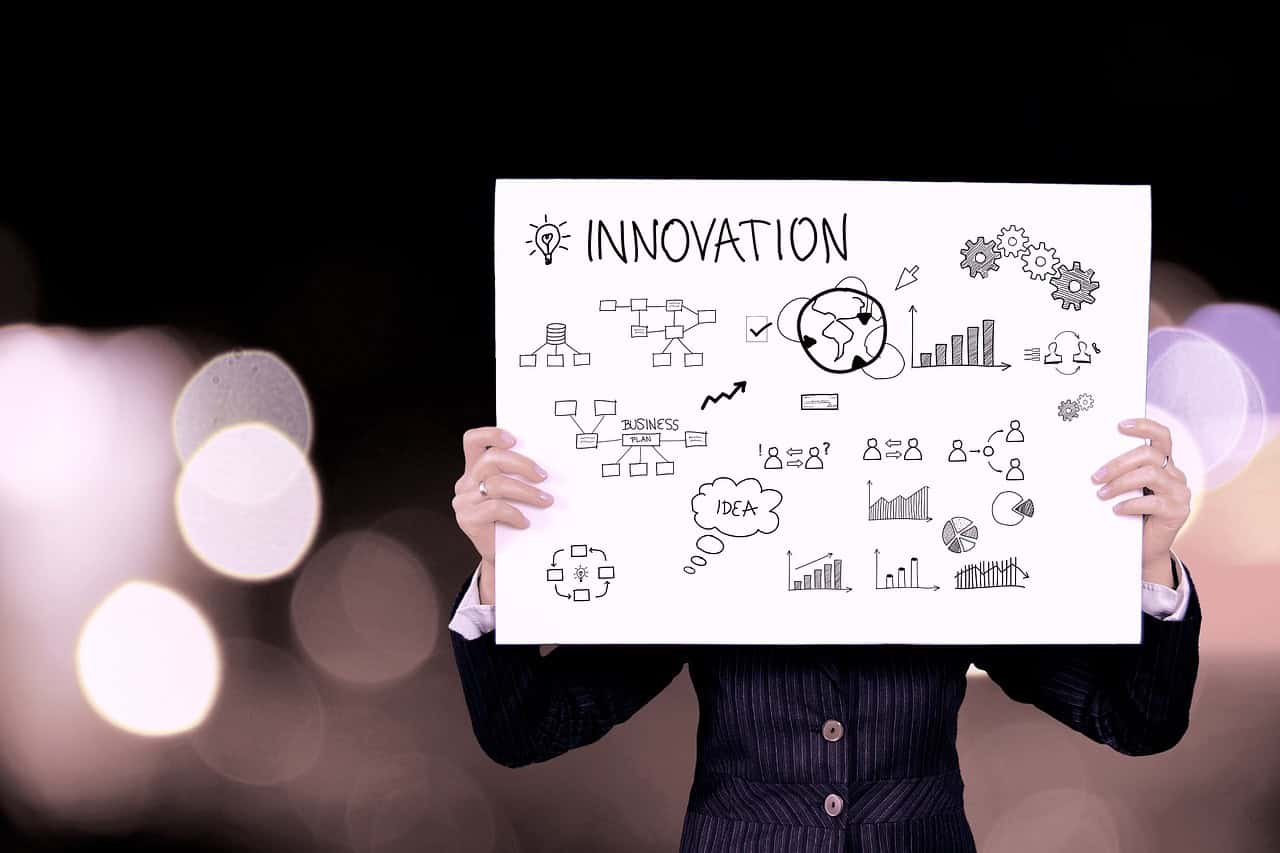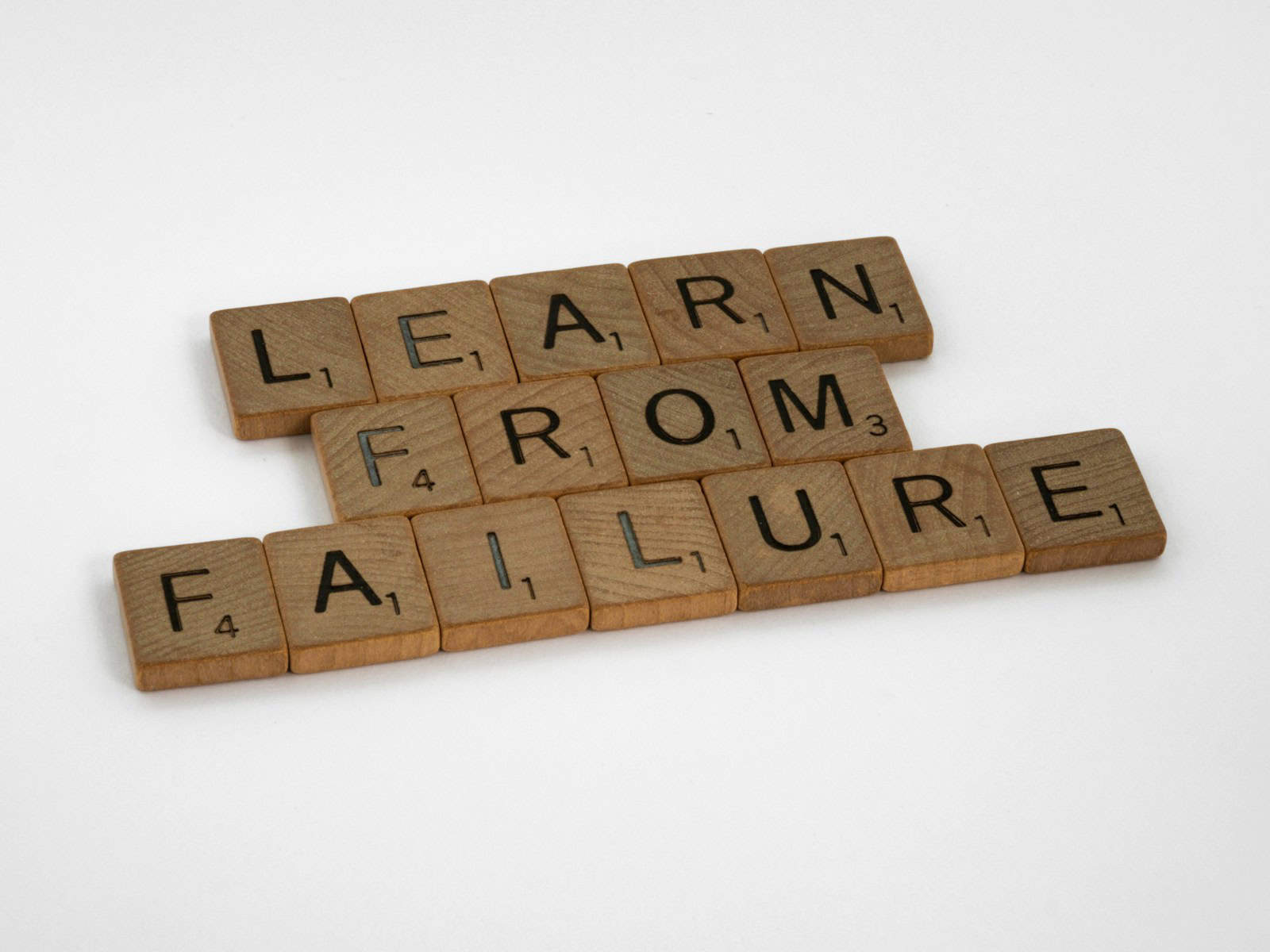Barrier analysis is an excellent method to change behavior. I’ve used it to turn around failing manufacturing plants and improve efficiency in virtually every industry. This approach analyzes why people do (or don’t) use a particular practice. It identifies the barriers holding them back and offers a solution to overcome those barriers. Here’s how to use this method to drive change within your organization.
Understanding Barrier Analysis
Barrier analysis is one of my go-to continuous improvement tools. I’ve probably conducted barrier analysis hundreds of times to identify the obstacles preventing people from doing a desired behavior or achieving a desired outcome. It’s a systematic way to evaluate the reasons why people aren’t doing a behavior that would be good for them.
Barrier analysis originated in the 1990s when Tom Davis and James Reason created the process. They used it to improve safety and efficiency in a variety of industries, and their original work is the foundation of what we do with barrier analysis today.
The main steps of barrier analysis are:
- Identifying the desired behaviors
- Selecting the population to study
- Interviewing or surveying the population
- Analyzing the data to determine the barriers
- Designing solutions to overcome the barriers
Barrier analysis studies usually involve 45 to 90 people. This sample size is large enough to gather valuable data without feeling overwhelming.
I’ve seen barrier analysis used in virtually every industry. It’s particularly effective in:
- Healthcare: Improving patient adherence
- Manufacturing: Making safety improvements
- Education: Making students more engaged
- Environmental conservation: Encouraging more sustainable practices
Because of its versatility, barrier analysis is a valuable tool for any organization trying to make a positive impact. It can be particularly useful when combined with critical thinking techniques to enhance problem-solving capabilities.
Methodology of Barrier Analysis

A barrier analysis is a systematic process, so I’ll share the step-by-step process I’ve developed through years of trial and error.
Define the behavior: The first step is to clearly define the behavior you want to change.
Select participants: Choose a mix of “doers” (people who already do the behavior well) and “non-doers” (people who don’t).
Create questionnaire: Develop questions to ask that will uncover potential barriers.
Interview participants: Collect data through formal one-on-one interviews or more informal focus groups.
Analyze the data: Compare the responses of doers and non-doers to the behavior.
Determine the key findings: What does the data tell you about the behavior?
- Present findings and action plan: What do the data suggest are the critical barriers to the behavior, and how can you best remove those barriers?
This approach combines quantitative and qualitative research. You’ll collect quantitative data on how frequent different barriers are and rich qualitative data on participant experiences.
Comparing the doer and non-doer data is the key. It will help you understand the differences enabling some people to do the behavior well and preventing others from doing it at all. These variations are often surprising and you’ll only uncover them by comparing these two data sets.
Typical Obstacles in Impediment Evaluation
Over my career, I’ve seen a variety of obstacles preventing specific behaviors. If you can understand these common barriers, you’ll be much more effective at analyzing.
Psychological barriers:
- Fear of change
- Low self-efficacy
- Misunderstanding/misinformation
Physical barriers:
- Lack of resources
- Geographical limitations
- Time
Social and cultural barriers:
- Social pressure
- Cultural taboos
- Language
Economic barriers:
- Money
- Perceived cost vs. value
- Lack of economic incentives
Each of these barriers requires a different strategy to solve. Understanding these frameworks allows you to create more specific and effective solutions. This process is similar to gap analysis, which helps identify the difference between current and desired performance.
The 12 Determinants in Barrier Analysis
Barrier analysis evaluates 12 common determinants of behavior. These determinants offer a comprehensive framework for why people do or do not adopt specific practices.
The 12 determinants are:
- Perceived self-efficacy
- Perceived social norms
- Perceived positive consequences
- Perceived negative consequences
- Access
- Cues for action/reminders
- Perceived susceptibility
- Perceived severity
- Perceived divine will
- Policy
- Culture
- Universal motivators
Each determinant is a distinct factor that influences behavior. For example, perceived self-efficacy measures the person’s confidence in their ability to take one action. Perceived social norms analyze the impact of a community’s expectations on this decision.
Analyzing all 12 determinants ensures a comprehensive analysis. In some cases, you may find that multiple determinants drive the behavior versus a single dominant barrier.
Barrier Analysis Tools and Techniques

Over the years, I’ve designed various tools to help you execute effective barrier analyses. These methodologies ensure you obtain comprehensive data and identify actionable insights.
Questionnaire design:
- Open-ended and closed questions
- Avoid leading/biased questions
- Pilot questions
Interview strategies:
- Establish rapport with interviewees
- Ask probing questions
- Use active listening
Focus group strategies:
- Create a comfortable environment
- Gather a diverse set of insights
- Manage group settings
Observational strategies:
- Field observations
- Structured observation checklists
- Combine with other data collection methods
Analytical frameworks:
- Barrier analysis matrix
- Causal diagrams
- Pareto charts to prioritize
Each of these tools has its own strengths, so I often combine several together to ensure I truly understand the barrier. Some of these techniques, like causal diagrams, are similar to those used in root cause analysis, which is another crucial problem-solving method.
Prioritizing Barriers in Analysis
After identifying obstacles, the next key step is prioritization. Not all obstacles are created equal, and you only have so much bandwidth, so prioritize solving the most important obstacles.
Techniques for prioritizing obstacles:
- Frequency analysis: How often do people mention this obstacle?
- Impact analysis: Which obstacle has the biggest impact on behavior?
- Feasibility analysis: Which obstacles are easiest to solve or the most realistic to address?
Criteria for determining importance:
- How common is the obstacle among the target audience?
- How much does the obstacle influence behavior?
- How feasible is it to solve the obstacle?
- How many resources (time, money, etc.) are required to solve the obstacle?
I always include stakeholders in the prioritization step. Their feedback and buy-in are critical to actually implementing the solutions.
Barrier Effectiveness and Reliability
Understanding the strength and reliability of a barrier is key to effective risk management. Based on my experience, I’ve learned that all barriers are not created equally.
For example, administrative barriers (policies and procedures) are weaker than physical barriers. Administrative barriers can more easily fail due to human factors such as fatigue, distraction, or willful non-compliance.
In contrast, physical barriers provide more reliable protection. A good example of this is safety guards on a piece of machinery or another secure form of access control. These are physical things that are less likely to fail due to human error.
That said, keep in mind that most accidents don’t occur due to a single point of failure. Rather, data from a variety of studies show that incidents happen when multiple barriers fail. More evidence that a better approach is to use layers of protection.
To evaluate the effectiveness of a barrier, ask yourself:
- How reliable is it in different conditions?
- Can human error easily bypass it?
- How easy is it to maintain and monitor?
- Does it integrate with your existing systems or processes?
Remember, the strength of your barriers is the strength of your safety system. This approach aligns well with lean innovation principles, which focus on maximizing impact while minimizing waste.
Overcoming Identified Barriers

Once you’ve identified and ranked the barriers, it’s time to develop strategies to overcome them. This is the meat of the improvement process.
Here’s my process for addressing the most common barriers:
Develop specific action plans: Determine the specific strategies you will use to overcome each of the top barriers.
Involve stakeholders: If the changes impact others, involve them in developing the solution.
Roll out in stages: Pilot your solutions, collect feedback, and refine the solution.
Provide resources: Equip people with the necessary resources to make it easy to change.
Communicate: Communicate the reasoning and benefits of the changes.
Track progress: Continuously track how effective your intervention is.
- Adjust: Be willing to tweak your strategy based on feedback and results.
Remember, overcoming barriers is a never-ending battle. Continuous improvement is hard because it requires persistence and adaptability.
Maintaining Barrier Analysis Effectiveness
Barrier analysis is not a one-time activity. It’s only effective with ongoing maintenance. I learned this the hard way after implementing and refining various barrier management systems over the years.
Regular maintenance is key. Each barrier layer will become less effective over time if you don’t actively maintain it. I recommend you evaluate your barrier analysis at least annually or whenever your organization experiences significant changes.
The frequency with which you should conduct a barrier analysis will depend on:
- Industry regulations
- Rate of technology change
- Workforce turnover
- Business goals
To keep your barrier analysis methodology up to date:
- Stay updated on the latest research and best practices
- Learn from any incidents or near misses
- Get feedback from as many employees as possible
- Benchmark yourself against other leaders in the industry
Invest in training your team to execute barrier analysis. The more people who understand and can execute barrier analysis, the stronger your safety and overall improvement programs will be.
Adapting to new barriers is necessary. As your organization changes, you’ll likely face new challenges. Continuing to conduct regular barrier analysis will help you identify and overcome these new challenges, allowing you to continuously improve your processes and results. This continuous improvement mindset is at the heart of kaizen, a Japanese business philosophy that focuses on making small, ongoing positive changes.
Closing Remarks
Barrier analysis is an excellent framework to understand and eliminate barriers to a behavior you wish to change. It evaluates 12 main drivers that impact behavior in different domains.
The methodology itself involves comparing “doers” to “non-doers” through quantitative and qualitative means. Then, we can use the insights to prioritize and address the barriers and develop effective strategies to change behavior. However, it’s essential to constantly evaluate and update the framework, as some of the drivers change over time.






